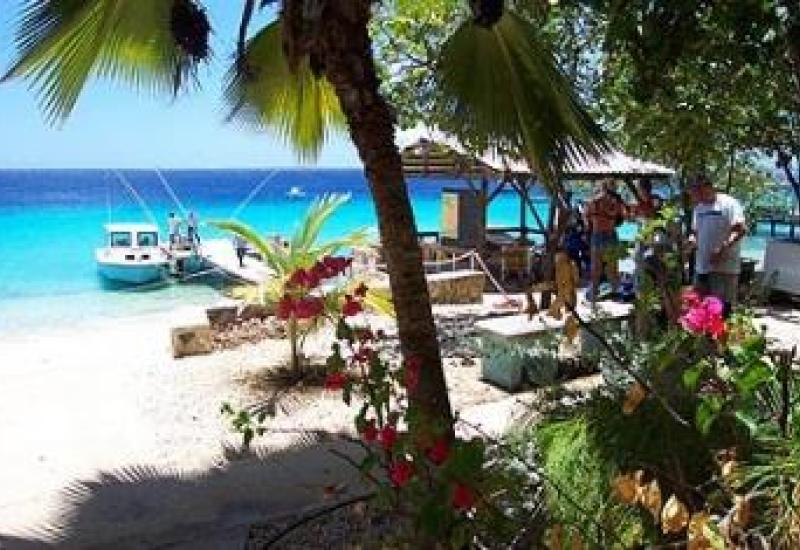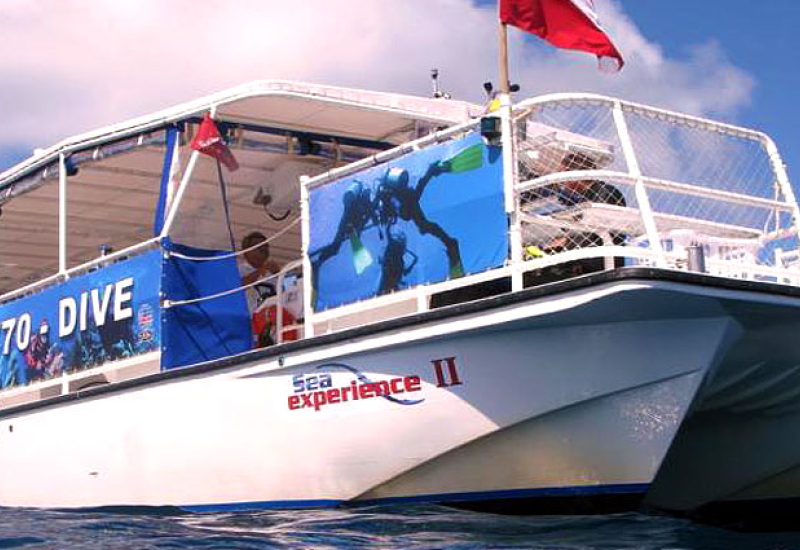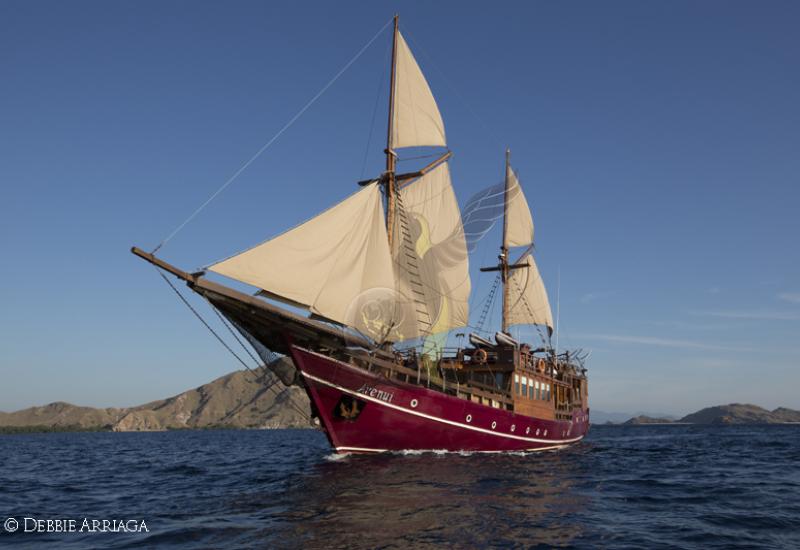Expert Tips for Your Next Drift Dive
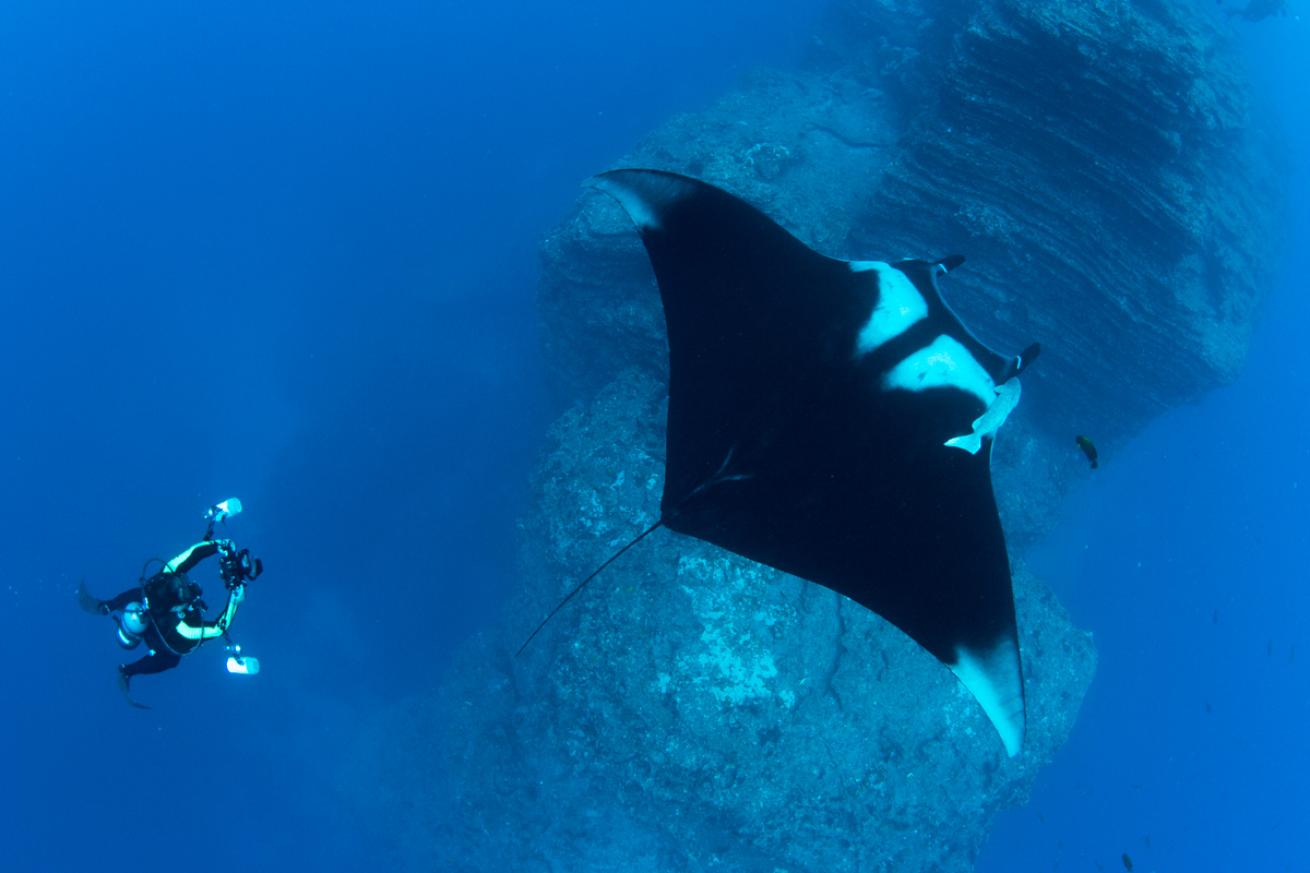
Annie CrawleyAn underwater photographer films a manta in the current at Mexico’s Revillagigedo Islands.
No matter where you choose your next adventure—Galapagos, Indonesia, Mexico, Maldives—get your fins wet with drift diving. Ocean currents flow due to wind, gravity, temperature, salinity variations, and even earthquakes or storms. Currents can be tidal and predictable, or completely unforeseeable with upwellings and down-currents. The topography and bottom composition of the dive destination impacts the strength of currents, as does the moon cycle. There’s nothing like flying along, feeling weightless, and viewing a technicolor explosion of a coral reef with polyps out or coming face to face with a shiver of sharks where a current collides. These are the types of experiences seasoned divers seek, yet they can be challenging for beginners to navigate. Drift diving is not necessarily included in open-water or advanced certifications. If you are new to drift diving or heading to a new destination, consider taking a continuing education course, such as the PADI Drift Diver specialty.
Drift diving can be some of the greatest adrenaline-pumping moments of your diving life. Regardless of the speed and conditions of the current, these tips will help you on every dive.
BE PREPARED
Be ready for the dive briefing. Have your nitrox analyzed, camera prepped, and your pre-check of your dive gear completed. Professional dive guides work hard to give you the best experience possible. At some locations, the dive briefings are short and sweet. You roll off the boat into a gentle flow, and at the end of your dive, you get picked up. At many destinations, this is not the case, and you can end up drifting in open water. Divers need a thorough briefing in advanced conditions to avoid confusion and separation from the group. In some areas, there are parallel currents running in opposite directions at different depths. Pay close attention to the dive briefing and map during the predive site briefing.
DRIFT-DIVING TIPS
The lead dive guide will often drop in ahead of divers to check the current. When on a wall, they will direct you to keep the reef to your left or right, flowing with the current. Sometimes the currents can run in the opposite direction from what you were told in the briefing. Be patient and prepared for a last-minute change when in an unpredictable area. Check your compass before going in, and orient yourself to land or an underwater seamount.
When drift diving, divers often enter the water while the boat simultaneously reverses. At some destinations, you’ll need to do a negative-buoyancy back-roll entry, meaning you start with your BCD deflated and immediately begin your descent to avoid surface current. Practice this advanced technique at your local dive shop before you attempt it in open water. It can be tricky the first time you try it. Currents are often stronger on the surface. If there are other photographers on your Zodiac, you might want to cradle your camera while entering the water. Waiting for multiple cameras to be handed into the water on a drift dive may blow you off the dive site.
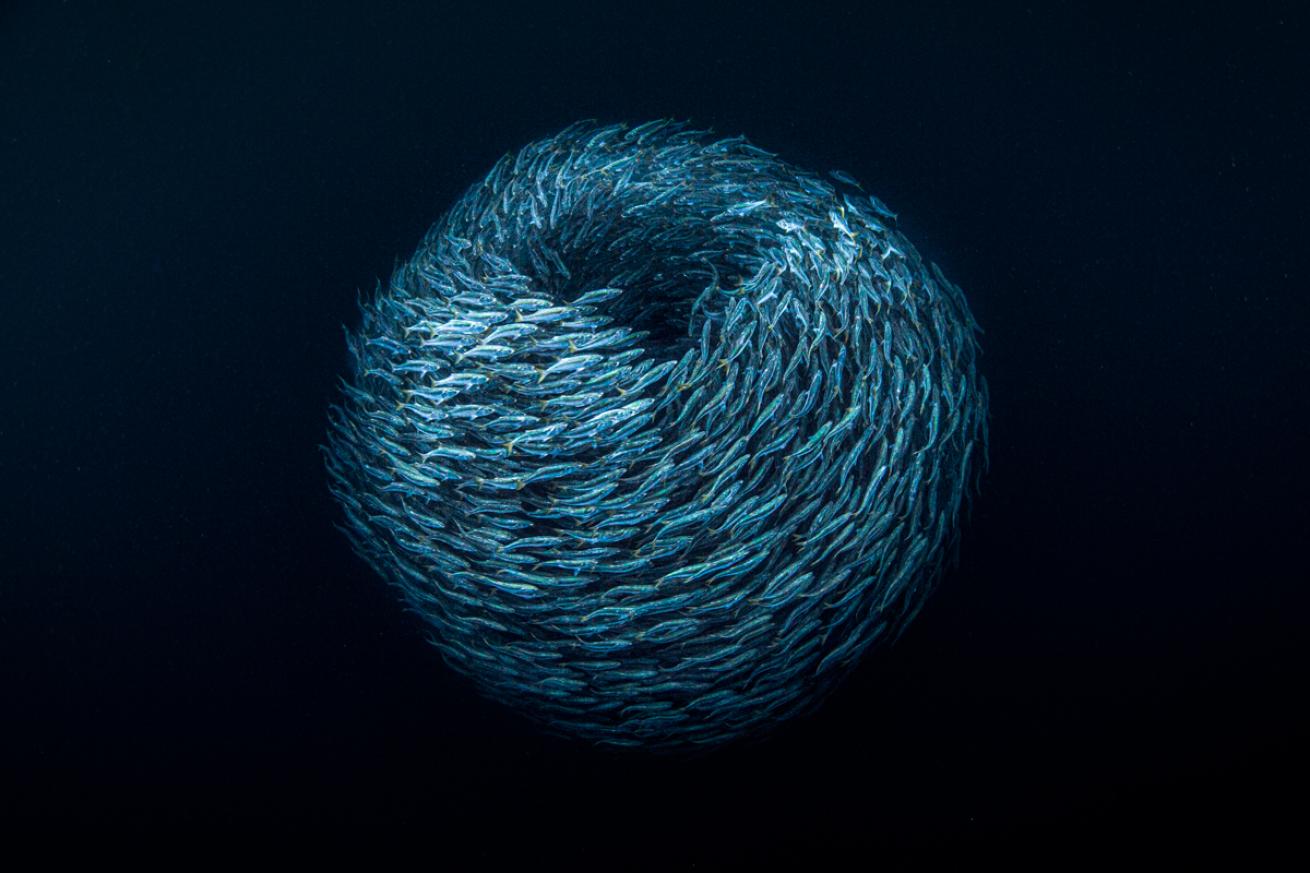
Annie CrawleyTip: As you descend, be observant. Fish swim against currents.
As you descend, be observant. Fish swim against currents. If there’s soft coral or kelp, it will flow in the direction the current flows. Sea fans grow perpendicular to predominant currents. If you studied the map at the dive briefing, you can often “see” the site as you descend, meeting your group at depth. Streamline your body and equipment. Keep your fins up and off the reef by engaging your lower back. If you need to stay in one place, point your body into the current and use your fins like a rudder on a ship to stay steady. Kicking hard only tires you out and makes you suck your air, which impacts your buoyancy. No matter how strong the current, you’ll want to breathe slowly. If it’s a strong current and your dive guide signals you to flow with the current, do not kick your fins.
Enjoy the feeling of flying. Look forward, not backward, as you need to observe what’s happening 30 to 50 feet in front of you so you can act if you need to. If fish are swimming down, you might be approaching an upwelling. If fish are swimming up, a down-current. Physical cues are all around. Use natural navigation, and always be an alert diver. Pay attention to your air consumption and depth. If you used a lot of air at the beginning of your dive, ascend to a shallower depth to conserve your air.
Always communicate with your dive guide if you and your buddy plan to go slower on a dive, or want to end the dive early. Divers with macro or wide-angle cameras might have different objectives on a dive. Make sure you discuss imaging protocols with your dive guides prior to entering the water. In remote locations, diver safety becomes the top priority. Know when to end your dive. The current and dive site influence where you make your safety stop on drift dives. There are sometimes natural areas where a current slacks and the dive ends. On other dives, you will make your safety stop on the reef or wall as you continue to drift. Other times you’re instructed to deploy your delayed surface marker buoy and swim out into the blue, making your safety stop while the chase boat follows you. Remember to stay together in the blue.
SPECIAL EQUIPMENT
Talk to your local dive shop in advance. Build a drift-diving kit complete with a DSMB, reel, personal GPS, whistle or other noise signaling device, reef hook and dive light with a narrow beam for signaling buddies. Pack a variety of retractors for your computer, lights and other potentially dangling equipment. Purchase equipment so you can be hands-free underwater and prevent yourself from grabbing fragile or dangerous environments to stay in one place.
PRO TIP
At dive sites that have multiple currents or a different directional surface current to the predominant underwater current, divers can drift in opposite directions. Before entering the water, discuss how to prevent buddy separation as well as what to do in case you get separated from your buddy or the group, both underwater and at the surface.

